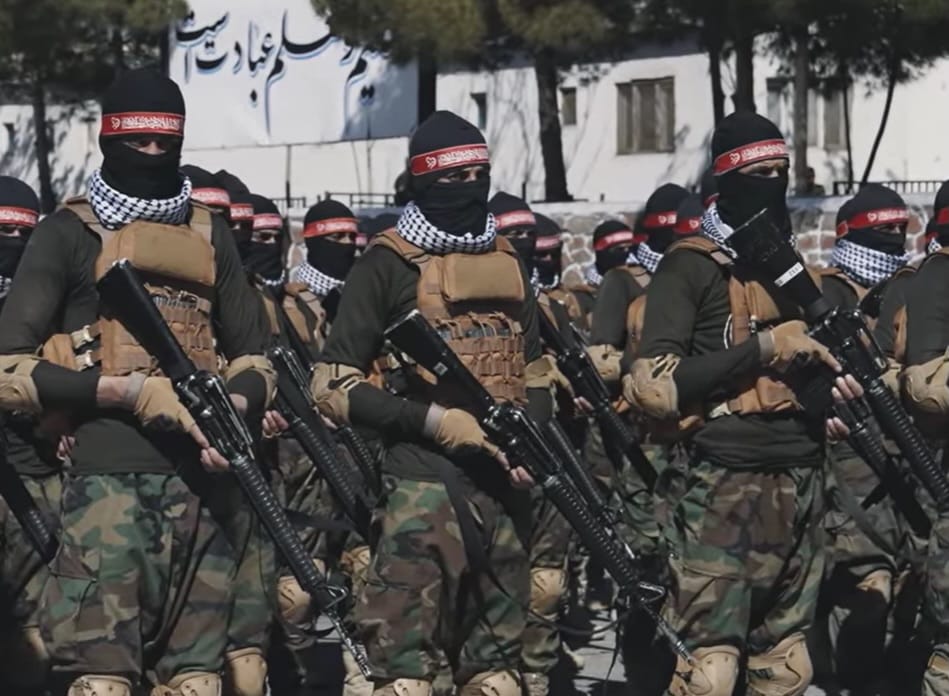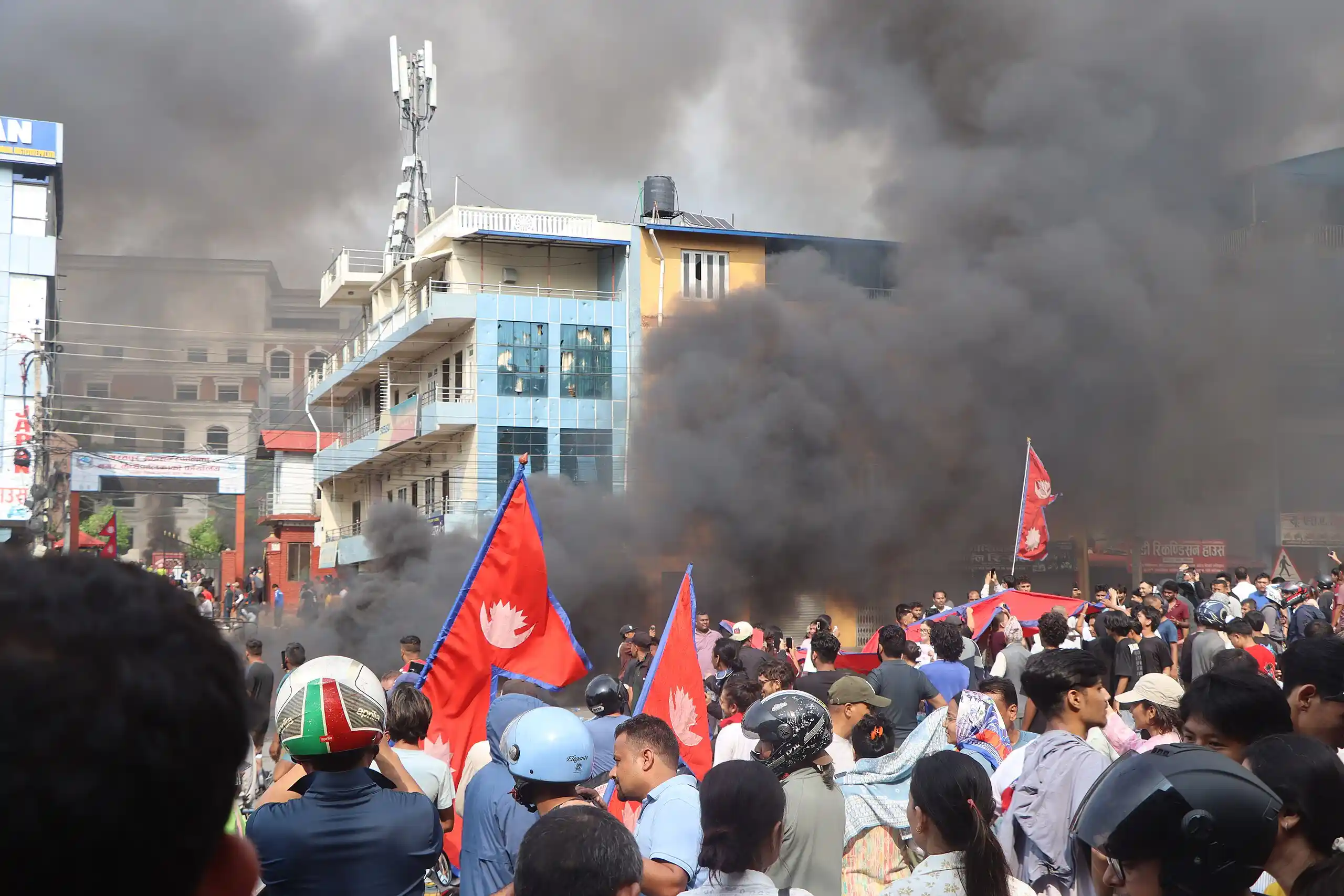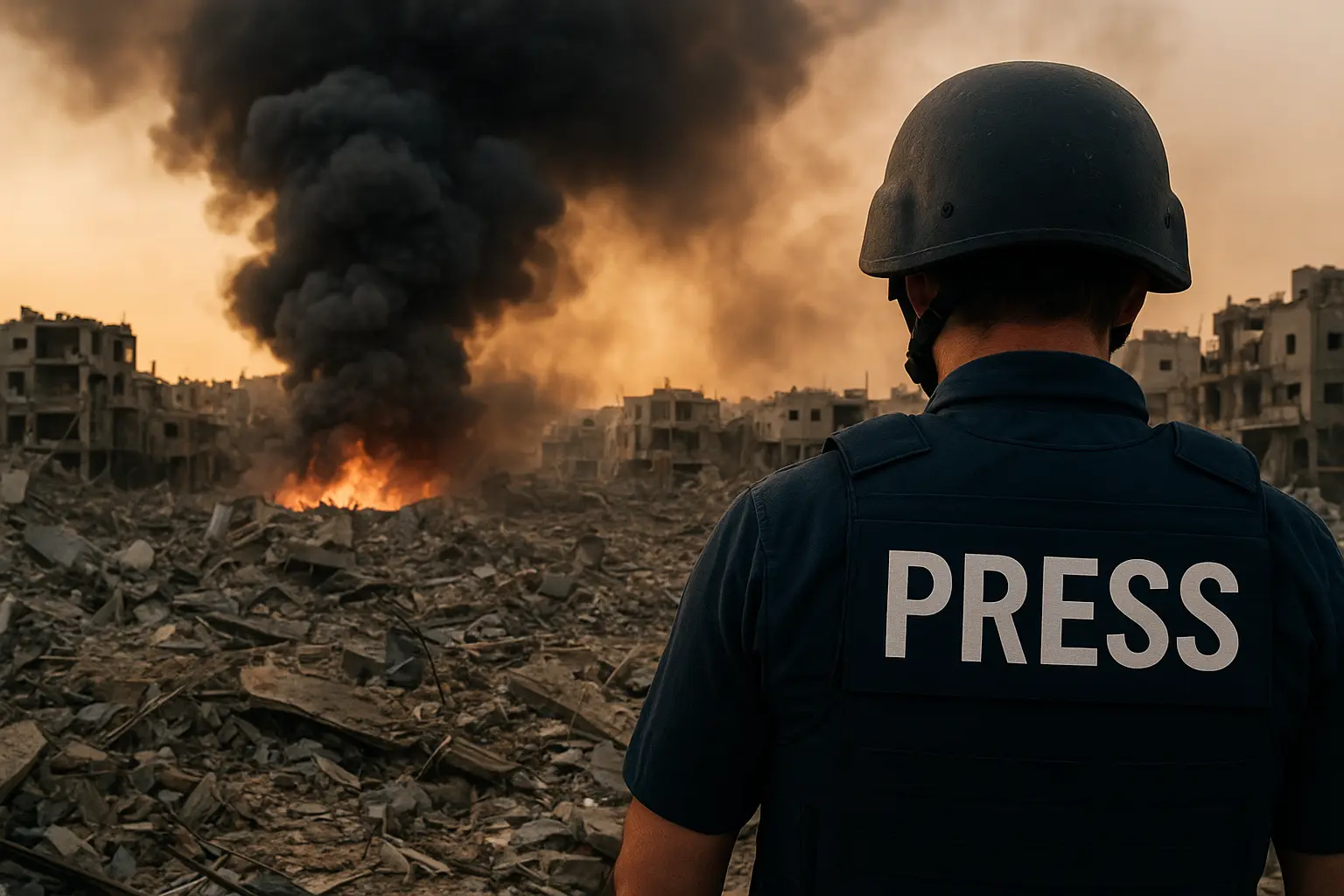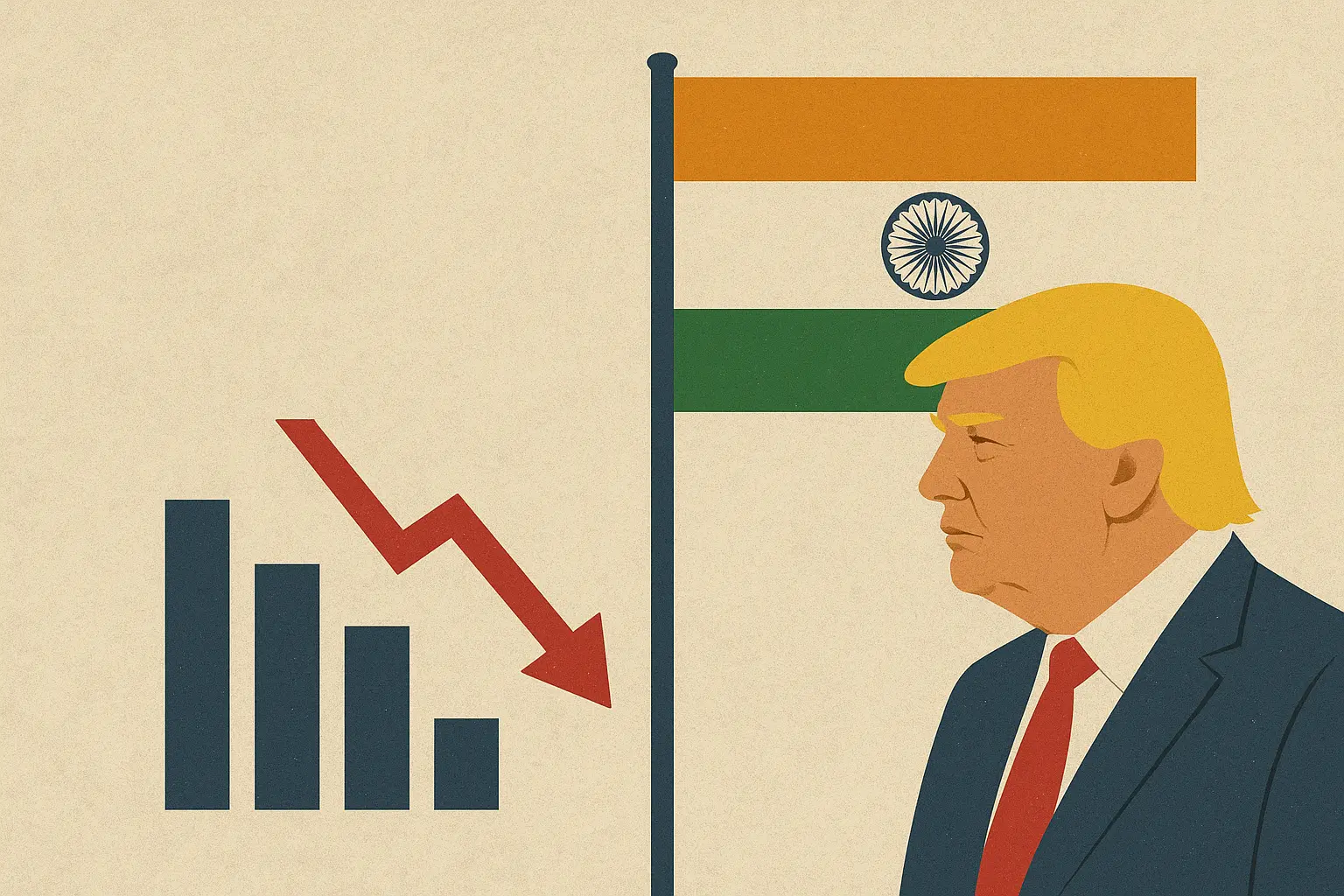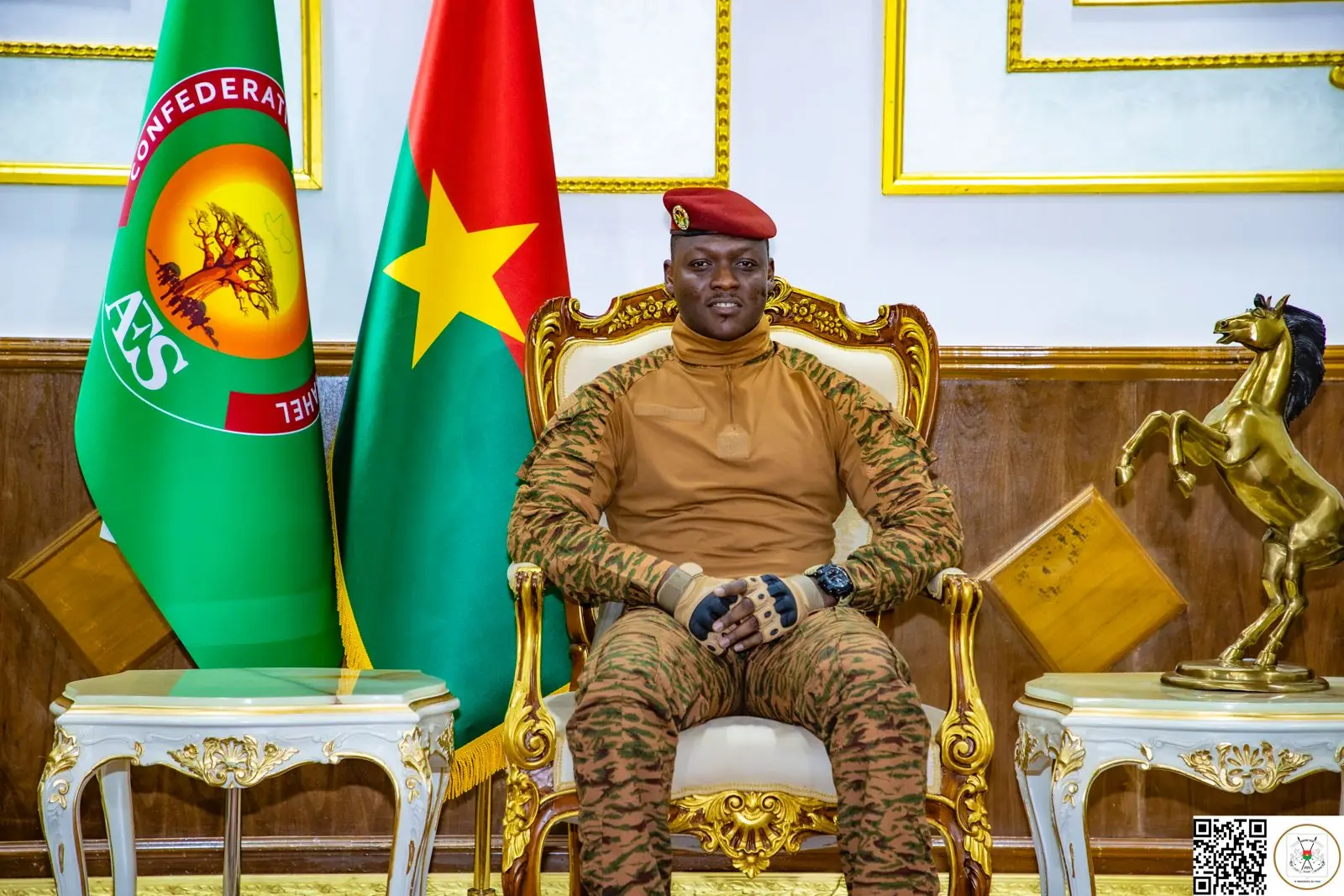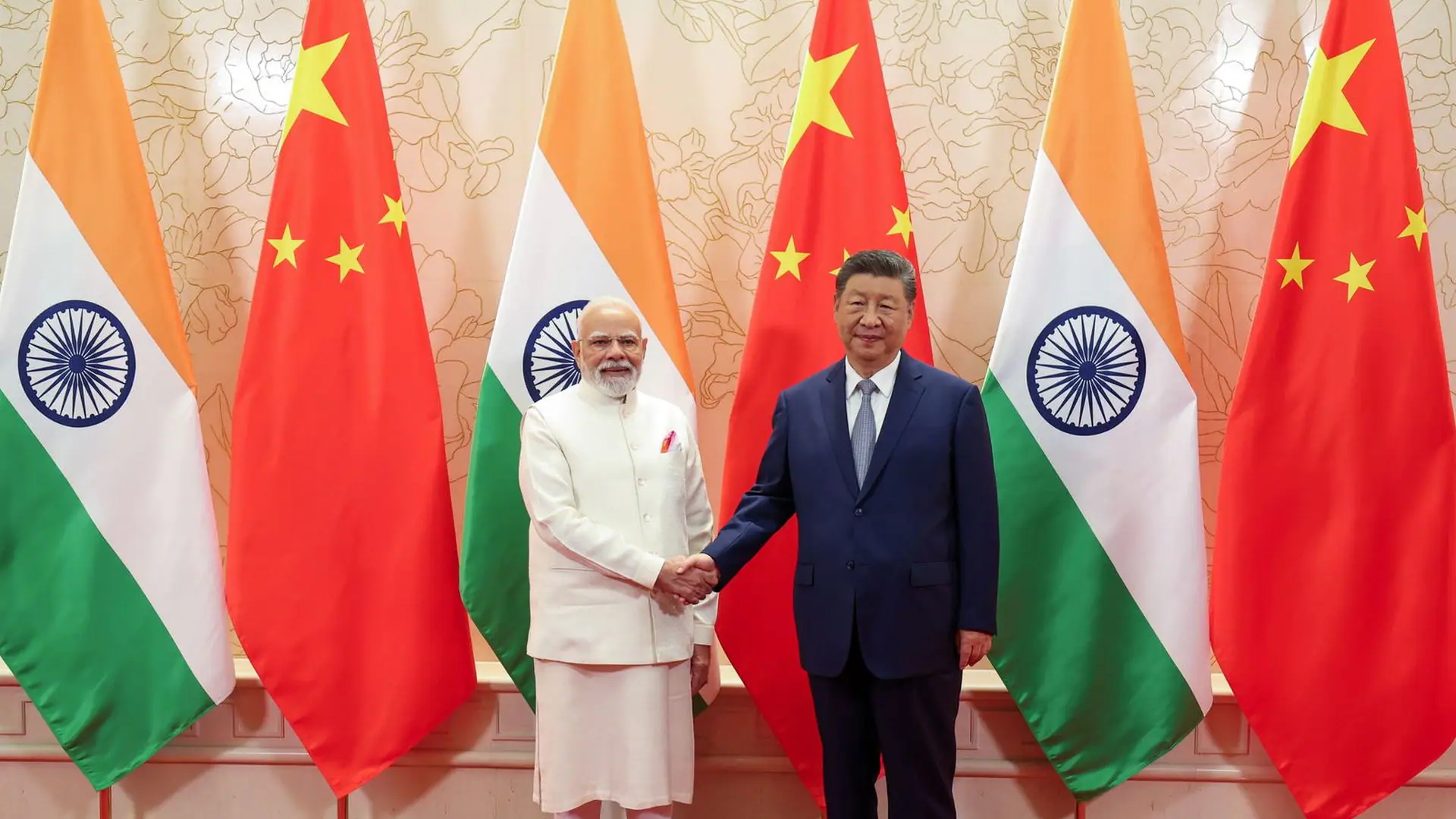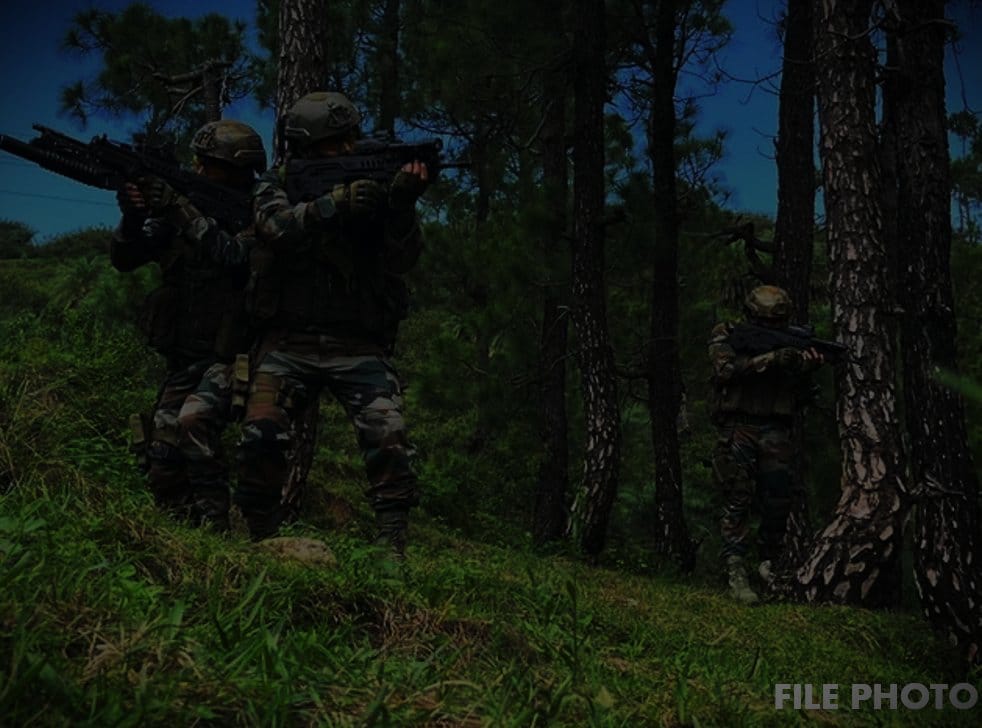The fragile peace along the Pakistan-Afghanistan frontier has once again collapsed. Destructive cross-frontier shelling in the last week has killed several dozen persons, shelled civilians’ enclaves, and closed border crossing points. What once appeared to most a smouldering controversy regarding militant safe havens has ballooned into military strikes that risk destabilising a troubled region. The controversy is over long-disputed territory: the Durand Line. Pakistan has blamed Afghanistan again under Taliban rule for hosting Tehreek-e-Taliban Pakistan (TTP) militants that stage attacks inside Pakistan.
Category: Analysis
Nepal’s Political Unrest: GenZ Protests and Political Awakening
Nepal, under the shadow of the Himalayas, has witnessed its greatest political upheaval since it became a federal democratic republic in 2008. The September 2025 protests, which were organised by Generation Z activists in large majority, compelled Prime Minister K.P. Sharma Oli to step down from office and initiated a complicated process of government reconstruction. This sudden twist of events is something more than the traditional political crisis: it marks a deep generational change in Nepalese society and politics.
Israel-Hamas Conflict is Deadliest for Modern Journalism
Israel–Hamas war has made a historic impact on media. Following recent events like the assault that killed four Al Jazeera staff in Gaza on 10th August 2025, this article examines why Gaza has become the most hazardous mission in modern journalism, how both Palestinian and Israeli governments restrict reporting, and what institutional safeguard is absent. It further addresses how accusations regarding journalists’ loyalties become increasingly politicised and how reporting by Al Jazeera has become controversial.
Tariffs ≠ Collapse: India’s Trade Journey through Trump-Era Tariffs
When the “America First” trade policy was declared by U.S. President Donald Trump in his previous term, he framed it as a move to protect U.S. workers from what he labeled unfair foreign competition. India, even as a long-time U.S. ally, found itself squarely in the crosshairs. Trump claimed that India charged high tariffs on American products while gaining preferential entry into U.S. markets. Such a disparity, he said, required a corrective measure. The tariffs did not come as a blanket measure initially but were developed incrementally through a series of increments.
The New Face of Africa’s Decolonisation
Empires don’t abdicate softly. Armies withdraw, banners come down, but lips remain. For more than a half-century since formal independence, Burkina Faso—as was a large swath of francophone Africa—maintained French as an official language. It was the language of court, school and the state. Now, with President Ibrahim Traoré (the second youngest head of state in the world), this colonial baggage has been intentionally scrubbed off. French has been reduced to a “working language” while Mooré, Dioula, Fulfulde, Bissa and other native languages achieve official status.
How Long Will the India-China Diplomatic Rekindle Last?
When the American President Donald Trump launched his trade war, both India and China were in his sights. Trump’s officials maintained America was a victim of “unfair trade practices” and thus slapped a barrage of tariffs on steel, aluminium, and a variety of manufactured goods emanating out of India and China. Although Beijing was primary target, India lost duty-free trade privileges under the Generalized System of Preferences (GSP) in 2019.
Modi vs Indira Gandhi: Leadership Styles That Shaped Two Eras of Indian Politics
On July 25, 2025, Narendra Modi surpassed Indira Gandhi’s tenure as India’s prime minister. He became the second-longest-serving PM after Jawaharlal Nehru. This has opened the debate of Modi vs Indira, who did better leadership within their respective tenures. While Indira Gandhi served 4077 consecutive days from 1966 to 1977, Narendra Modi has surpassed it. Both the leaders have been influential in their own right, impacting the country’s politics, strategy, economy, foreign affairs and nationalism.
Operation Mahadev: Strategic Closure to the Pahalgam Terror Strike
Operation Mahadev stands out not only as a military victory but as a new perspective on evolving national security practices. This operation aimed to neutralize the attackers of the April 22, 2025, Pahalgam massacre, which resulted in the deaths of 26 civilians. On July 28, 2025, Indian security forces conducted a joint operation in the Dachigam forests near Srinagar. It provided immediate retaliation and a data-driven closure, supported by continued intelligence, forensic verification, and international diplomatic efforts.
Trump’s Big Bet: Is the US becoming the Crypto Capital or Risking it All?
In a world already buzzing with geopolitical chaos – be it the Middle East conflict, the ongoing Russia-Ukraine war, the reopened Epstein investigation, or the constant backdoor economic deals – President Donald Trump, now back in the White House in 2025, has dropped another headline-maker. This July, his administration introduced three landmark bills in the House that have already begun stirring debates across party lines and public spheres. As expected, controversy wasn’t far behind.
Atmanirbhar Bharat: Reforms for Empowering India’s Defence Ecosystem
Since its inception, the term “Atmanirbhar Bharat” that literally translates to Self-Reliant India has increasingly become the symbol of India’s growing economic self-sufficiency, manufacturing prowess and holistic national development and India’s defence manufacturing sector has been pioneering the actualisation of the vision like no other. With indigenous defence production skyrocketing to record high of ₹ 23,622 crore in 2024-25, that marks a growth of 12.04% over 2023-24, India’s defence ecosystem stands as testament to the remarkable shift that the industry has undergone from heavy dependence in the post-independence era to a growing indigenous industrial base, in recent years.
